MOUNTAIN TAPIR FOREVER
Community-Based Mountain Tapir Conservation
Established 2017
“A large animal needs a large area.
If you protect that area, you’re also protecting
thousands of other plants and animals.”
~ George Schaller
An initiative of:

In memory of Sheryl Todd
Our mission is to protect the mountain tapir and its habitat through community-based management, ecological restoration, and education, promoting sustainable alternatives that benefit both the species and local communities.
The Mountain Tapir
Tapirus pinchaque, its scientific name refers to its mysterious and elusive nature, like a ghost of the night.
©2024 Sergio Sandoval
Our Strategy
We collaborate with local communities to create the conditions needed for effective mountain tapir conservation. This includes training environmental leaders in field research techniques and empowering housewives to provide lodging services for researchers, interns, and volunteers. Our goal is to establish key conservation sites as community-managed areas and research hubs, attracting scientists from around the world to study the species and its habitat. By integrating research with community development, we foster long-term conservation efforts for the mountain tapir.
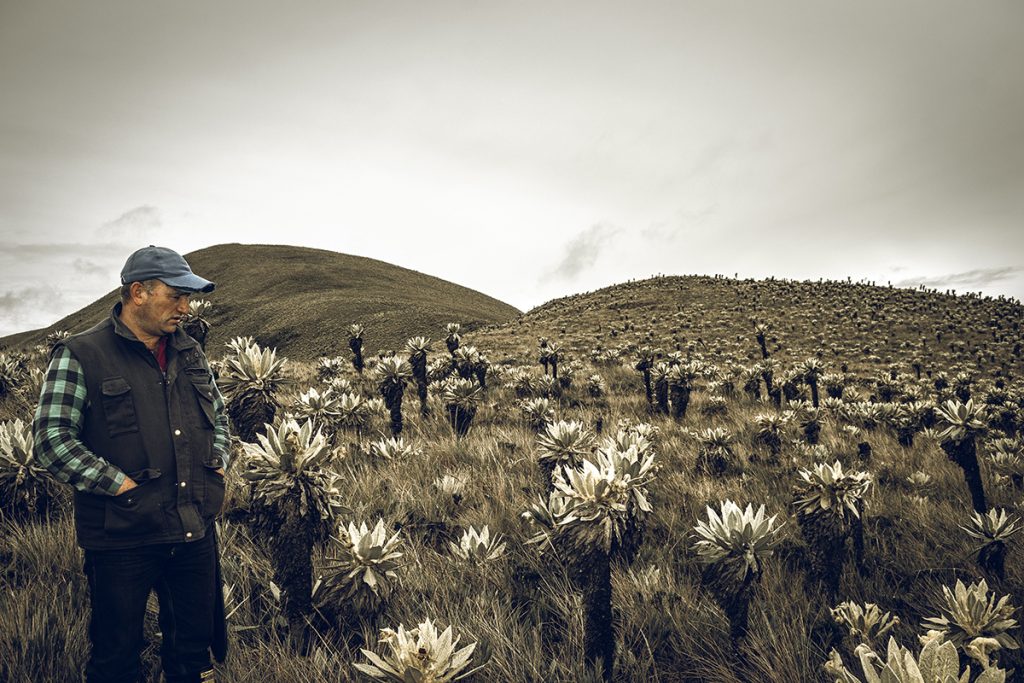
Unsung heroes of conservation like Victor Flórez, protect extensive areas of páramo and forest that now can turn into community-based mountain tapir management areas and research centers.
Community-Managed Mountain Tapir Areas
We are working on the identification of sites with the potential to become mountain tapir community-based management areas. For this we take into account some of the following criteria:
- Site is inhabited by the mountain tapir
- Serve as a dispersal corridor.
- Is near fragmented or could reconnect fragmented habitats.
- Address threats such as poaching, pathogens and invasive species.
- Is the focus of community-led habitat conservation initiatives.
- Have the potential to become a mountain tapir research center
A short summary of our work so far
Since 2017, Mountain Tapir Forever (MTF) has been dedicated to the conservation of the mountain tapir in the Andes of Colombia. What started as a short assignment for a third party, has evolved into a community-driven conservation project, working alongside local organizations to study and protect this endangered species.
Through research, community development, and education, MTF has implemented strategies to document tapir populations, train local communities in conservation techniques, and create sustainable solutions that benefit both people and wildlife. With support from organizations such as the Greater Los Angeles Zoo Conservation Grant Program, the Cali Zoological Foundation, and individual donors, our work has expanded to new conservation areas and continues to develop innovative approaches to protecting the species.
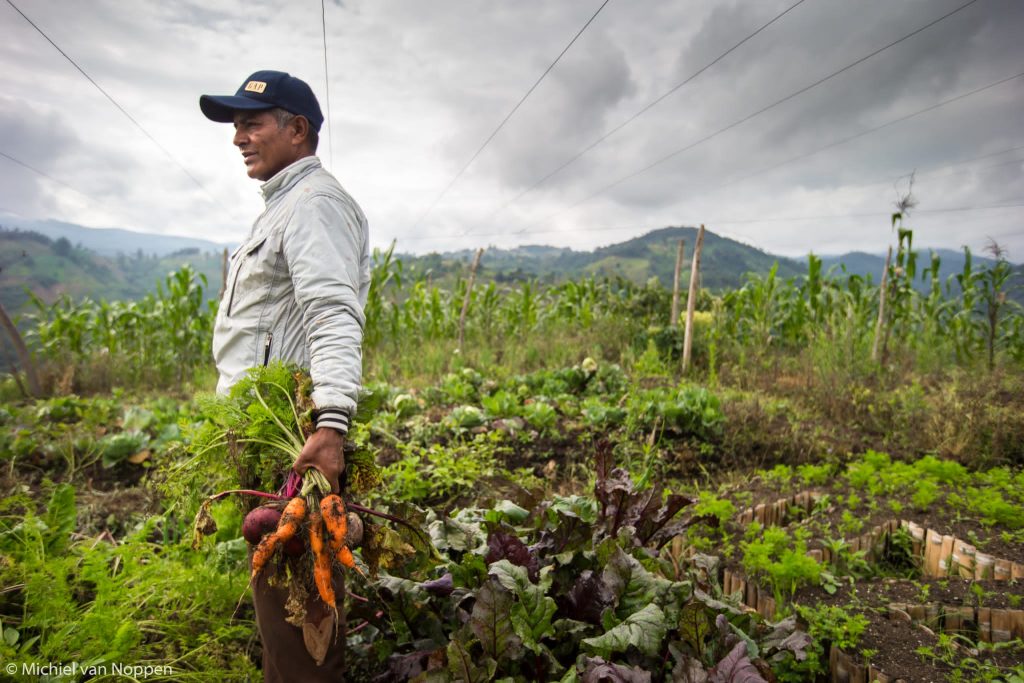
In recent years, we have conducted field expeditions, mapped potential tapir habitats using advanced satellite imagery, and initiated community-led monitoring groups. Our long-term vision is to establish a network of mountain tapir community management areas across the Colombian Andes, ensuring a sustainable future for the species through local engagement and scientific research. In the meantime, we are developing a pilot project of our strategy with a local community in San Agustín, in the Colombian Massif in the southern Andes of Colombia.
Learn more about our journey and latest initiatives here
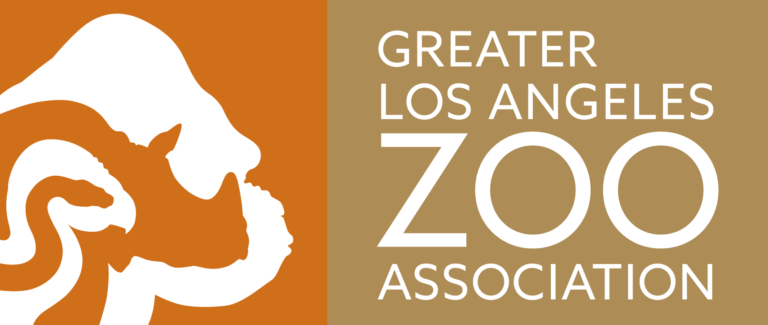

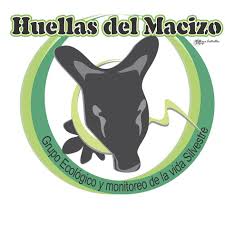



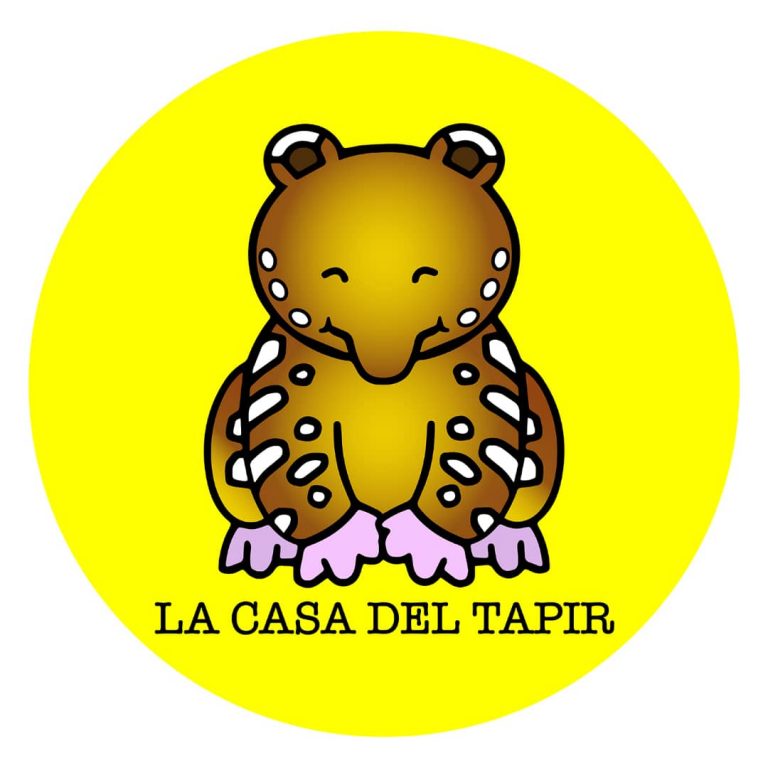
Tapir advocates are a key part of our strategy
When people who care about the fate of the mountain tapir join our initiative, everything starts to change in favor of the species. Whether it is getting to know first-hand the work of our local partners by joining one of our expeditions, supporting our work financially or providing us with tools such as camera traps or GPS devices, each contribution makes the continuity of our work possible.

